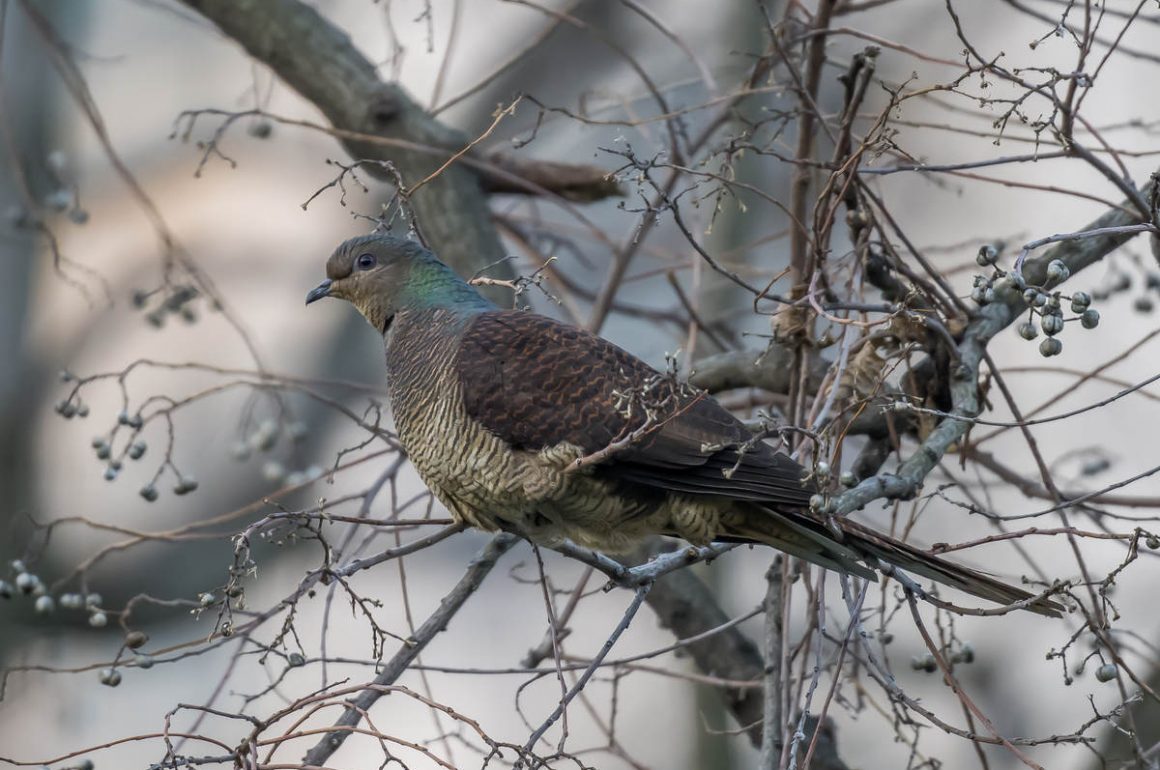
(Boring bureaucratic note to dissuade casual readers: This post covers birds seen in Shanghai in January 2023, except for those seen at Tianmashan – these are shown in a separate post. If you are still reading this, maybe you have too much time on your hands. End of note)
Probably the most interesting bird in Shanghai this month was a Barred Cuckoo-Dove choosing a small downtown park to feed on berries.
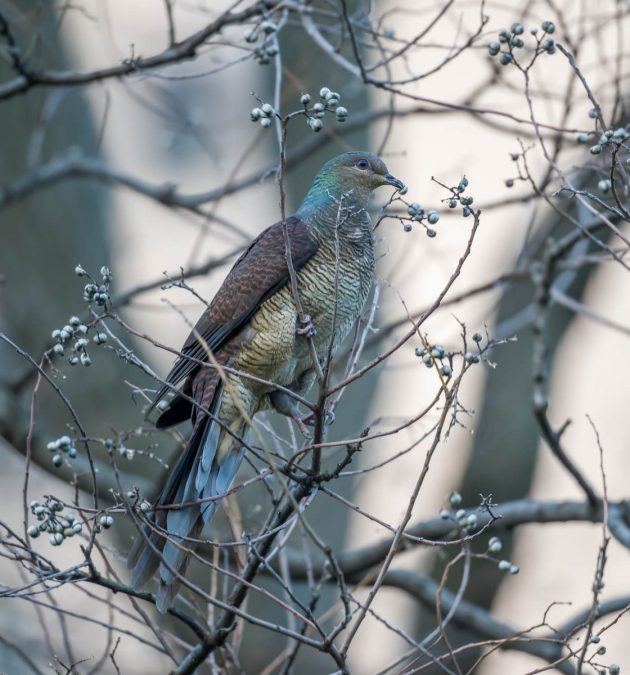

I tried to get a better idea of what exactly the definition of cuckoo-dove is but am still not very clear about it – Wikipedia only offers the rather formal definition “any of several species of bird in the genera Macropygia, Reinwardtoena, and Turacoena of the pigeon family.” So, it is definitely a pigeon, not a cuckoo, and my guess is that the cuckoo part of the name hints at the body shape of these species. But I may well be wrong.
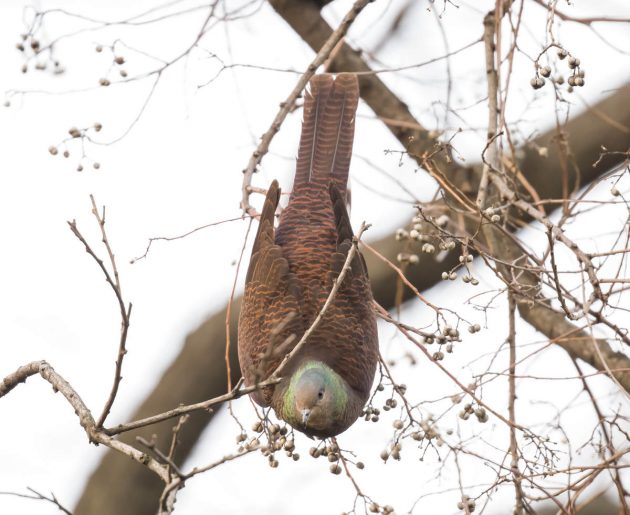
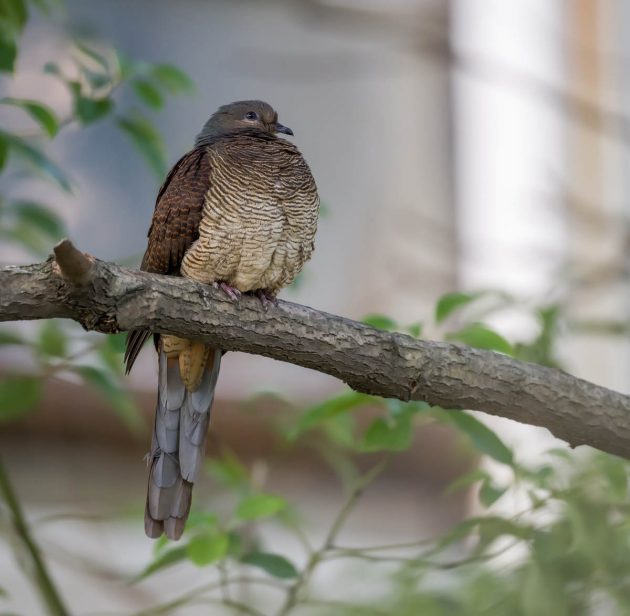
The presumably highly regarded “Bulgarian Journal of Agricultural Science” has a paper on the negative impacts of the Great Cormorant: “Great Cormorant – Substantial danger to fish populations and fishery in Europe”. And who is the author of this paper, somebody obviously very concerned about the well-being of European fish? None other than W.S. of the German Anglers Association. I am so glad somebody cares.
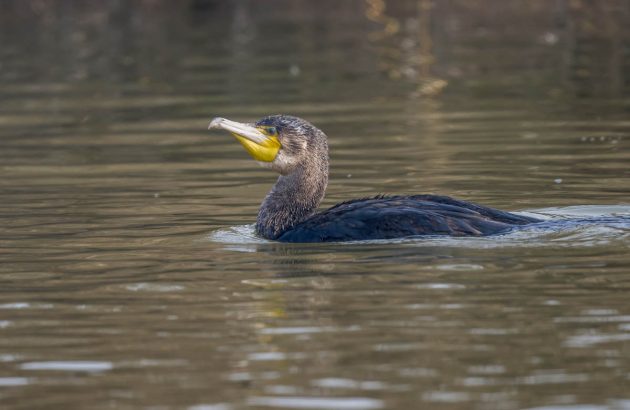
(My standard joke – that nobody ever seems to find funny – when being asked if I am interested in fishing is to answer that I do not fish because I would be too afraid of catching a fish).
In any case, Great Cormorants in the Shanghai area are very flighty and presumably quite scared of the Chinese equivalent of well-meaning people such as W.S.
Occasionally, eBird seems to get really excited about specific species – always nice to read. Take the Chinese Grey Shrike: “A beautiful silvery shrike with gray upperparts, white underparts, a black mask, and white in the wings”.
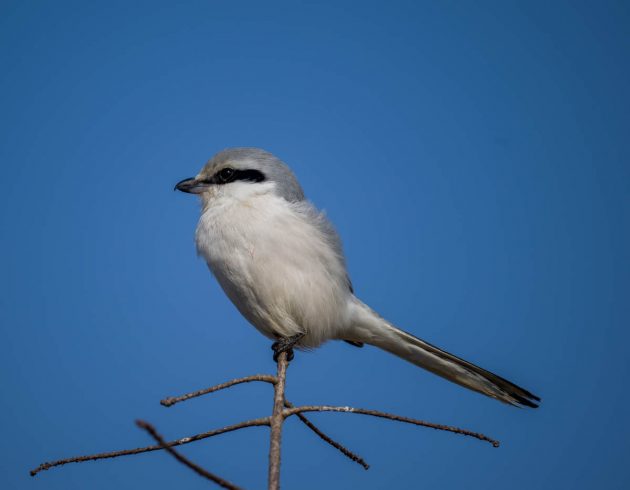
Also available at your local Blockbuster (before it went bust).
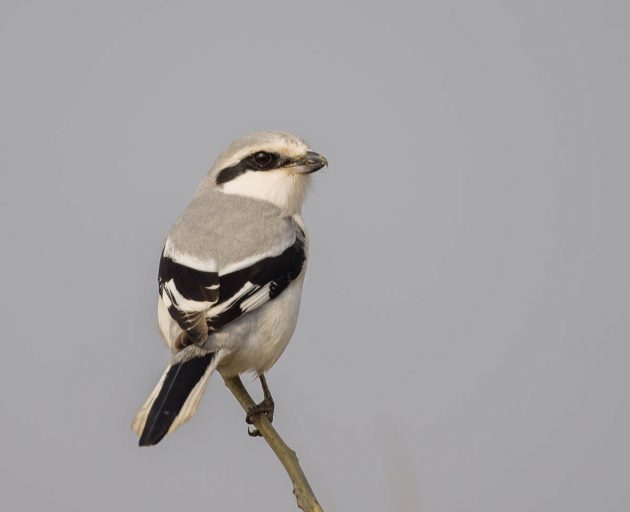
Almost a landscape photo: Some Pied Avocets.
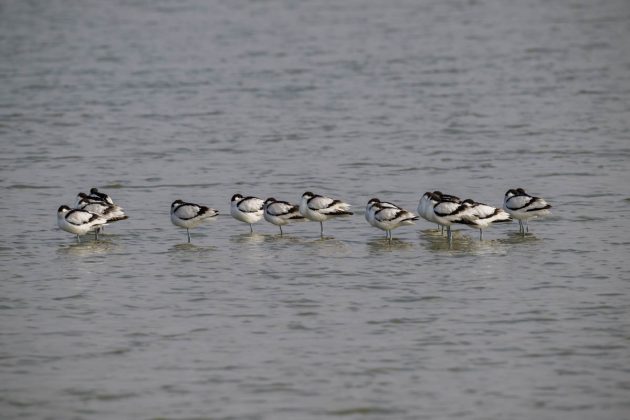
BirdingAsia has a strange report on Common Shelducks examining the burrows of Mongolian Marmots.
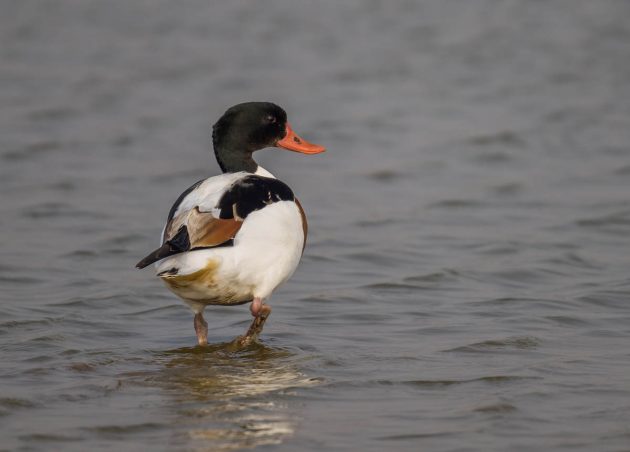
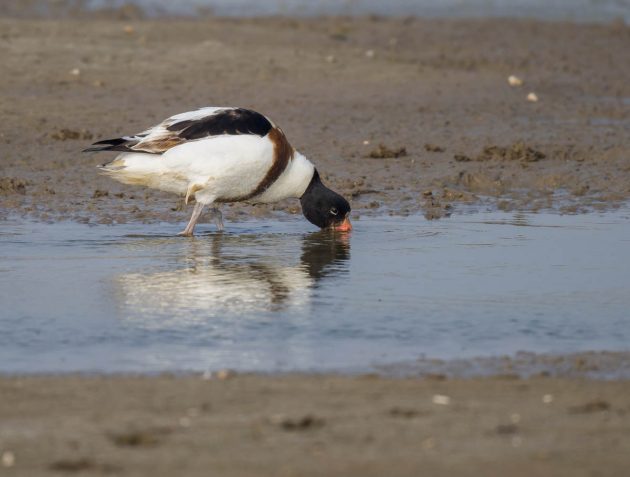
The global population of the Hooded Crane is about 8000 individuals – it is listed as Vulnerable. My guess is that at least 1% of them winter at Chongming Dongtan.
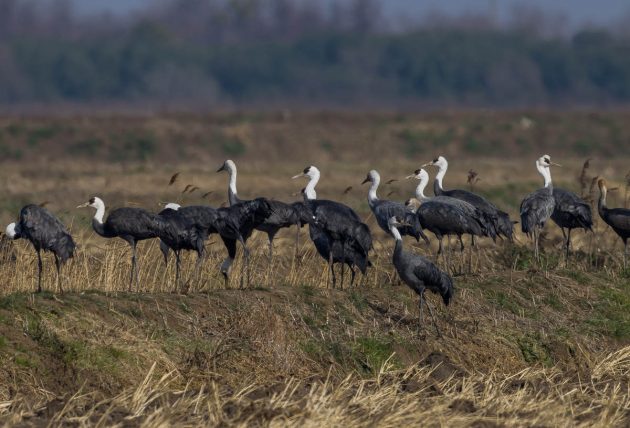
A paper starts as follows: “Dongtan (or East Tideland) on Chongming Island in China is an important wintering site of Grus monacha (hooded crane)”. This is exactly where these photos were taken.
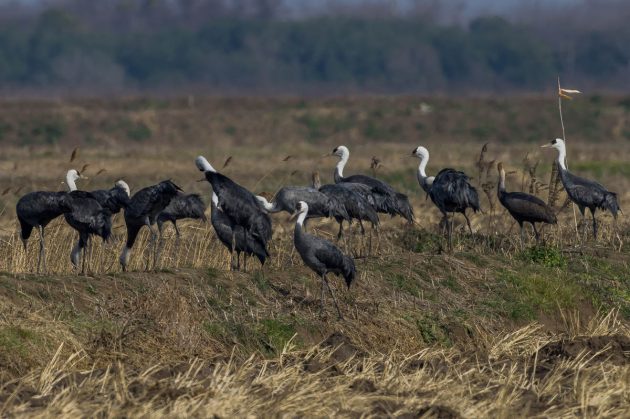
As the Hooded Cranes know that I am a consultant, they sometimes ask me whether they should forage together with geese or preferably seek areas in which geese are not present. I am giving them the typical consultant answer: It depends. Seek geese in meadows and mudflats, but avoid them in paddy fields (source).
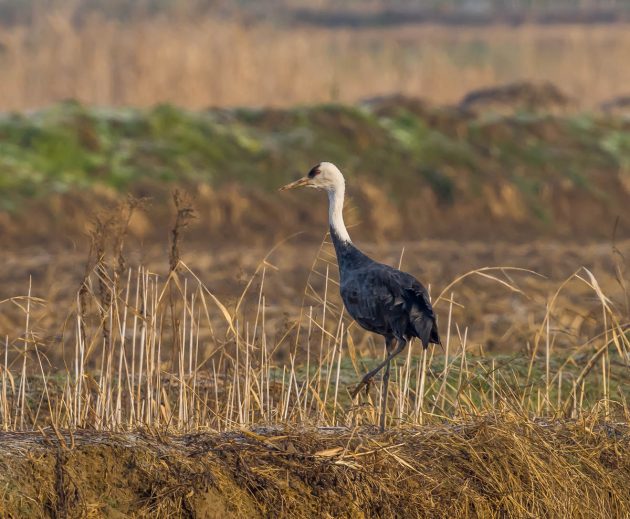
Some of the lazier Common Moorhens apparently try to pass the arduous work of raising their chicks on to other species -a paper describes how Little Bitterns are utilized as surrogate parents. However, the authors call this a “new breeding tactic”, which seems to mix up the discovery of the tactic with the use of the tactic.
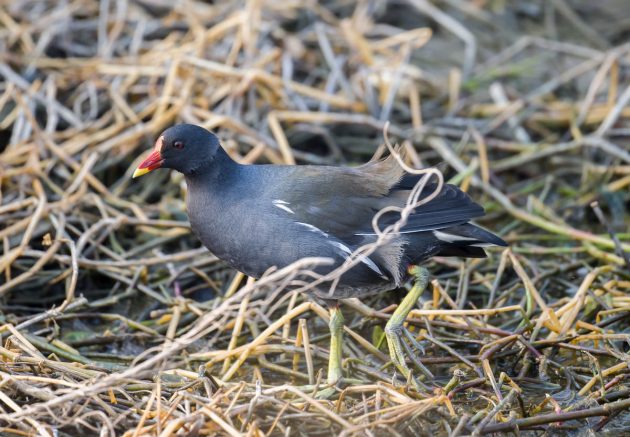
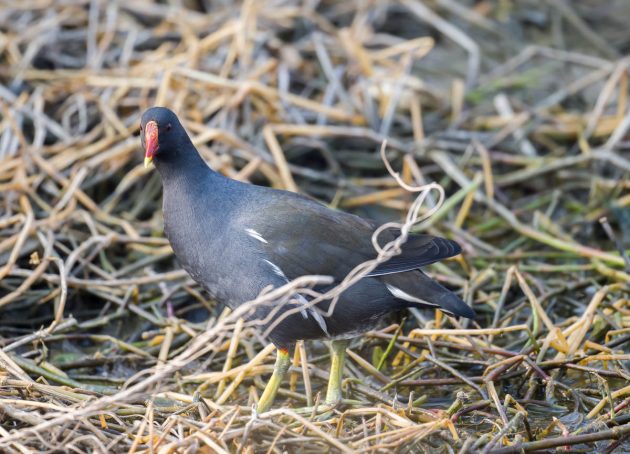
On Chongming Island, an Upland Buzzard seemed to be almost bemused by being mobbed by a single Oriental Magpie.
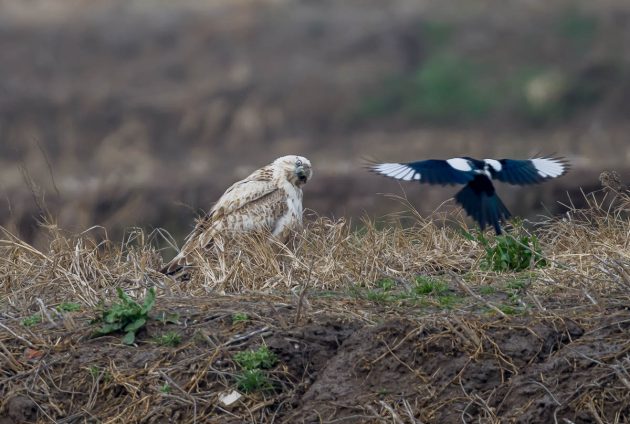
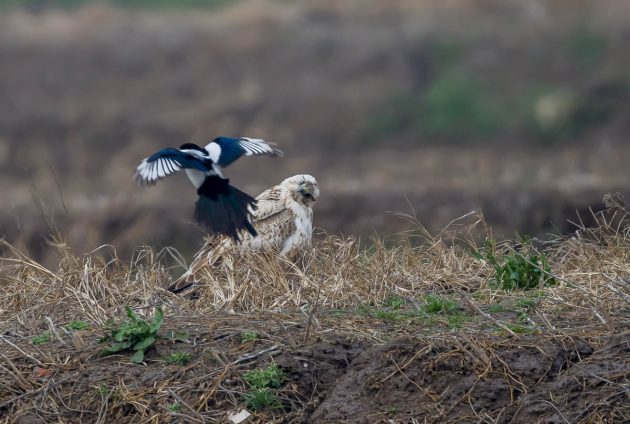
The Latin species name hemilasius (half-hairy or half-shaggy) sounds less like a majestic raptor and more like a neglected hippie – but maybe this is deliberate, which I guess would make the bird a hipster.
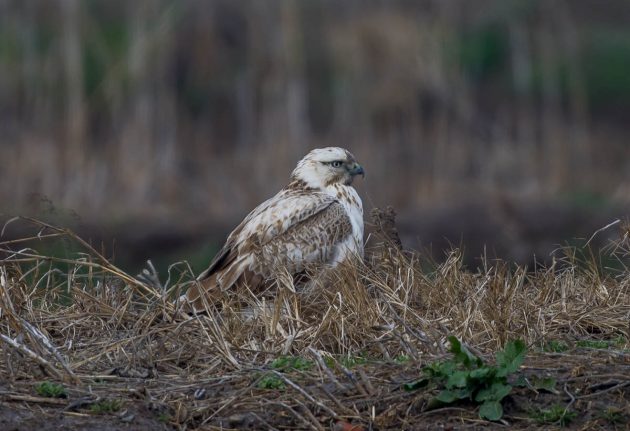
What an Upland Buzzard is doing on an island with an average elevation of about 1 meter remains a mystery to me.
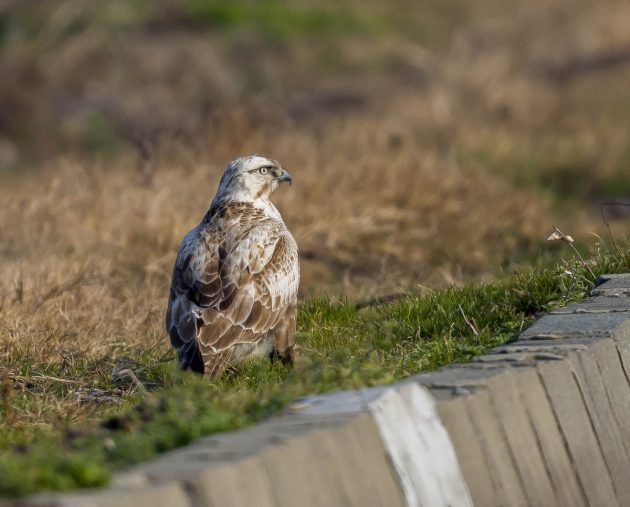
Tripadvisor has the following review of the Blue Ridge Rustic Inn: “Where to start? The door to our room was missing the numbers. Upon stepping inside, it smelled musty. It just got worse. There were roach droppings on the shelf above where you hang clothes.” The review is titled “‘Rustic’ in this case is a euphemism for dirty and rundown.” Don’t you think the Rustic Bunting deserves better?
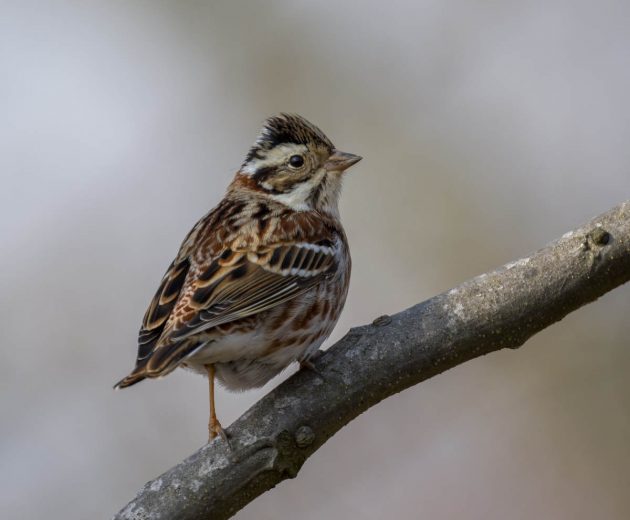
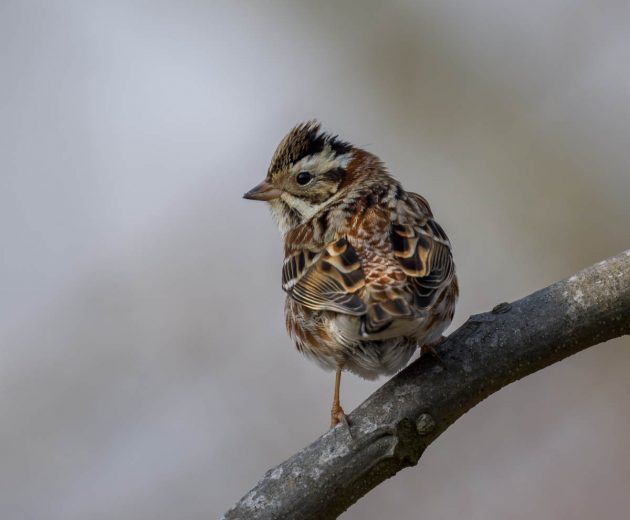
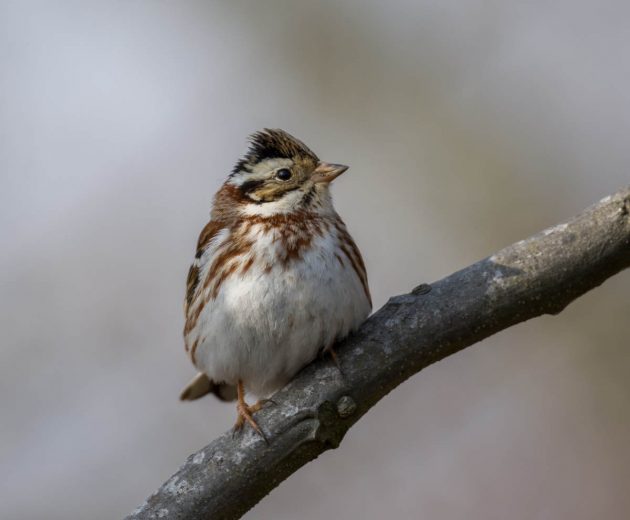
If you doubt that Mother Nature writes the scariest horror stories, take a look at a paper on the Eurasian Hoopoe with the self-explanatory title “Avian sibling cannibalism: Hoopoe mothers regularly use their last hatched nestlings to feed older siblings”. The details in the paper are even scarier (if that is possible -think Hansel and Gretel): “females allocated fewer resources to the smallest nestlings when they were going to starve, but not necessarily when they were going to be used as food for their siblings”. Eat up, we need to fatten you for your siblings.
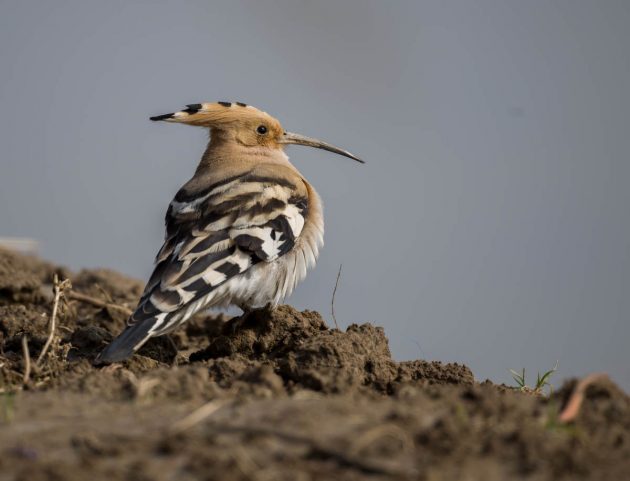
For some reason, the Latin species name of the Black-winged Kite is caeruleus, or azure-blue. Explanations or apologies by ornithologists are very welcome.
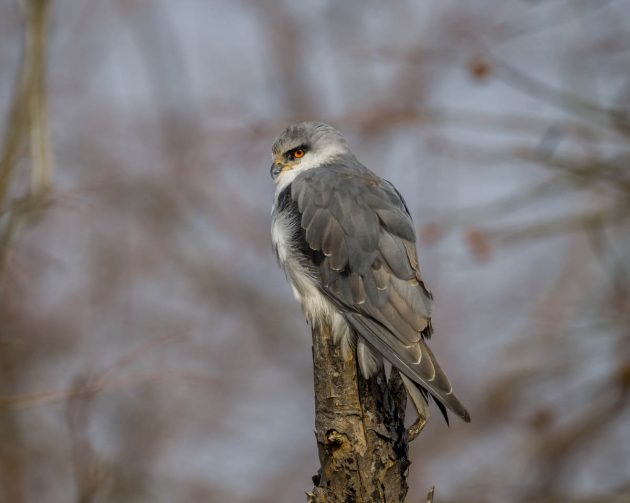
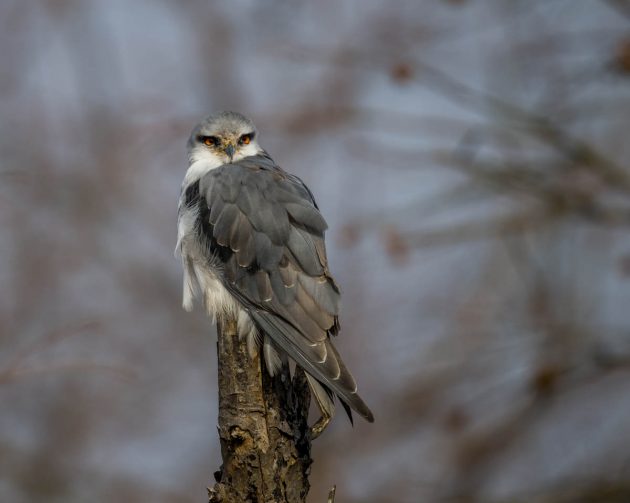
There actually is a study on the effect of wind farms on Chongming Dongtan (where these photos were taken) on Little Egrets. It seems they are basically ok with them, though I occasionally hear them moan about the spoiled view of the coast, but that is just typical egret NIMBYism.
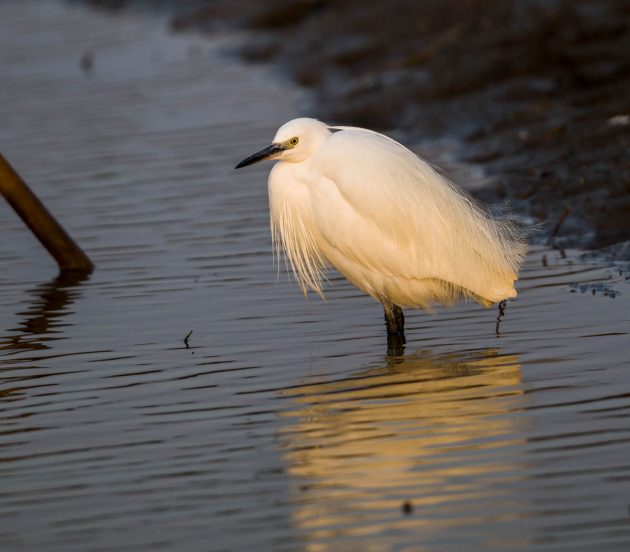
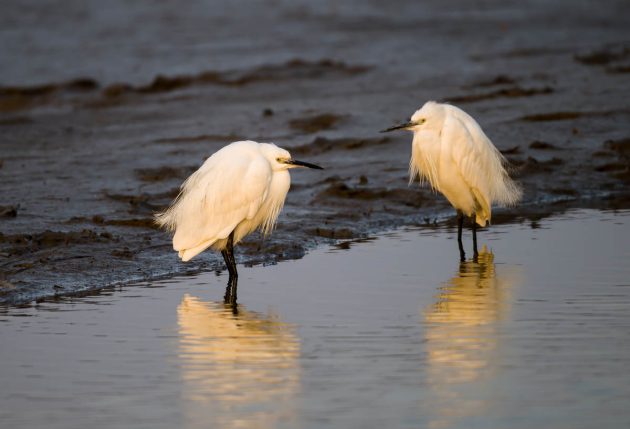
I know I have shown some in-flight photos of the Hen Harrier before, but as my success in getting such shots tends to be appallingly low, please allow me to show a few more. I am afraid it will not happen again soon.
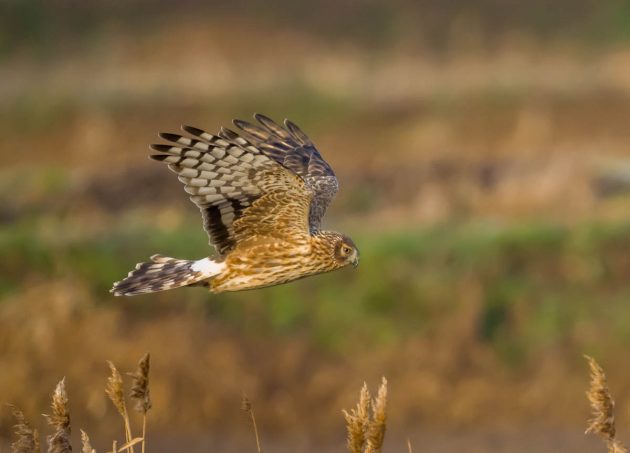
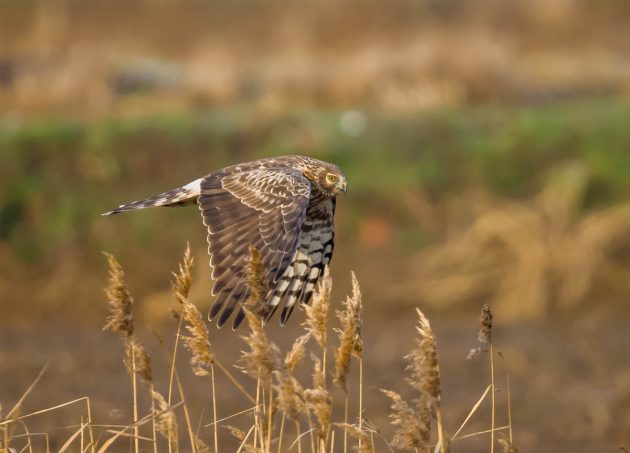
The authors of this paper do not directly say that Eurasian Spoonbills may be really dumb, but the title of the paper does not exactly highlight their intelligence either: “The paradox of spoonbill migration: most birds travel to where survival rates are lowest”. Of course, they phrase it more politely: ‘[Possibly the] wintering site choice of spoonbills is suboptimal and … limited flexibility may prevent them from switching to more suitable sites.” Take that, spoonbill.
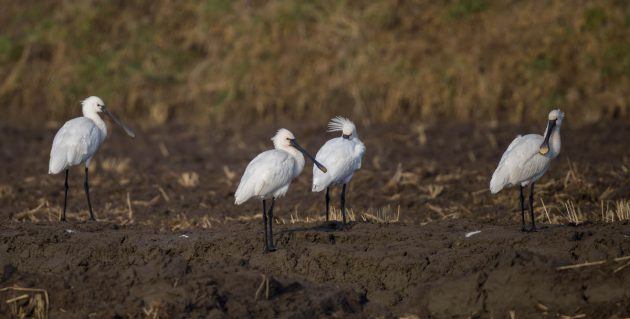
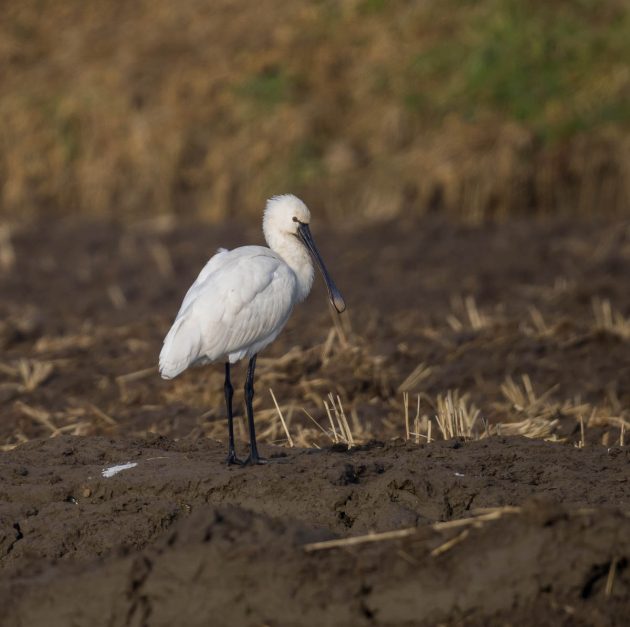
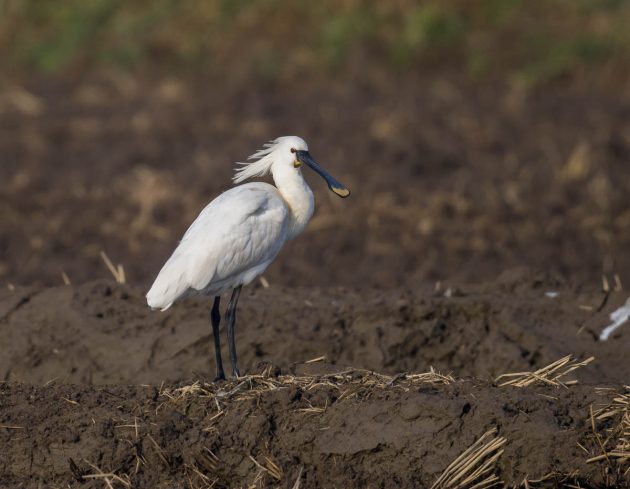
The Azure-winged Magpie seems to be a favorite subject of intelligence tests – resulting in papers with fancy titles such as “Performance of Azure-winged magpies in Aesop’s fable paradigm”. “We are not only ornithologists, we also know about classical culture”. Wow. The result: “Azure-winged magpies have a certain cognitive ability but not an understanding of causality”.
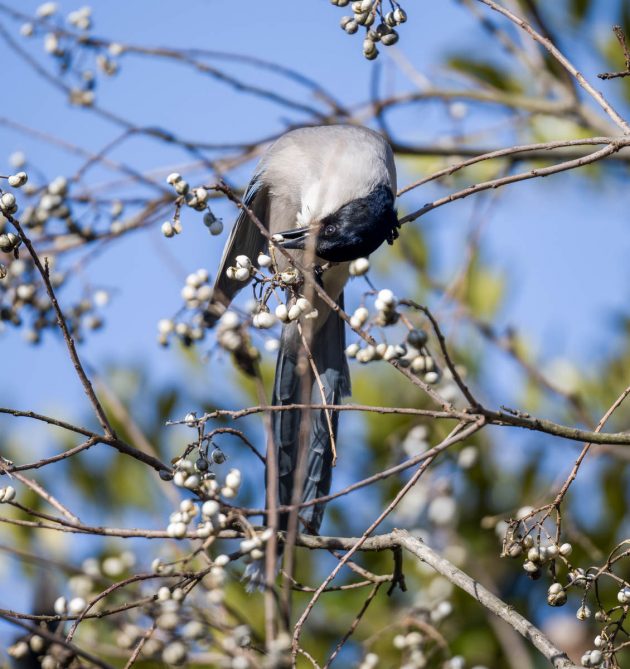
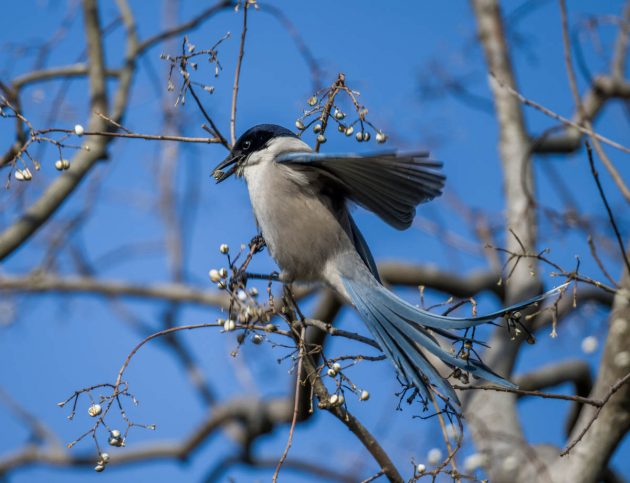
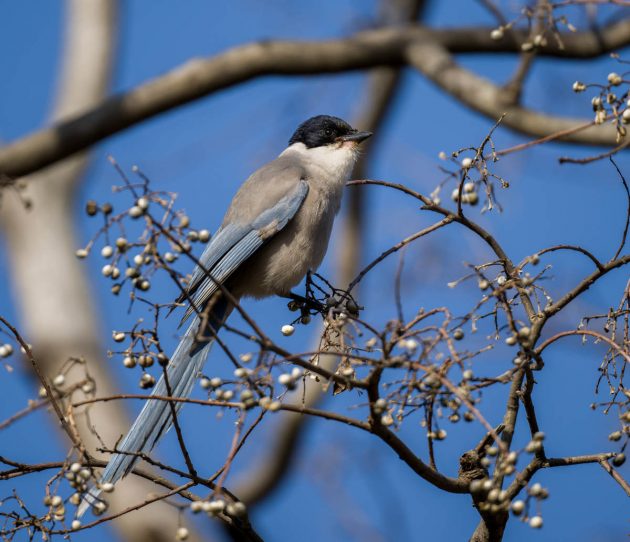
Do you like mystery/crime stories? How about “International wildlife trade, avian influenza, organized crime and the effectiveness of CITES: The Chinese Hwamei as a case study”? Ok, it is a scientific paper … It seems that legislation did not stop the trade in the Hwamei, but that its price has increased from about USD 50 to USD 200 in the export countries (as far as I know, it is still perfectly legal to sell it in Chinese pet markets).
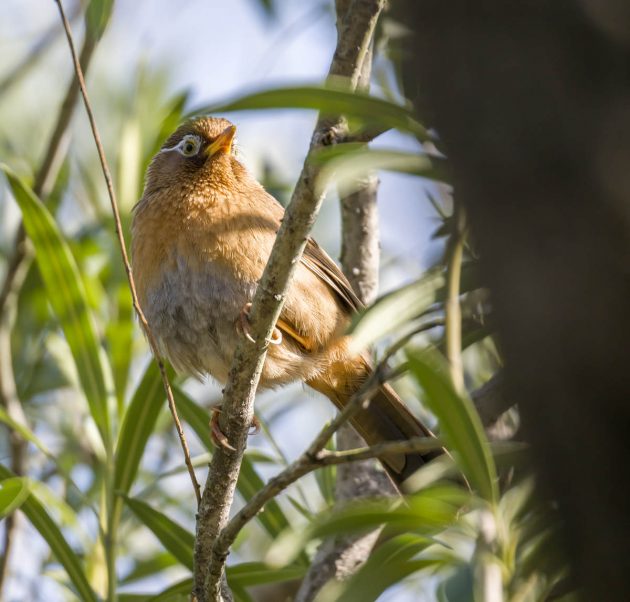
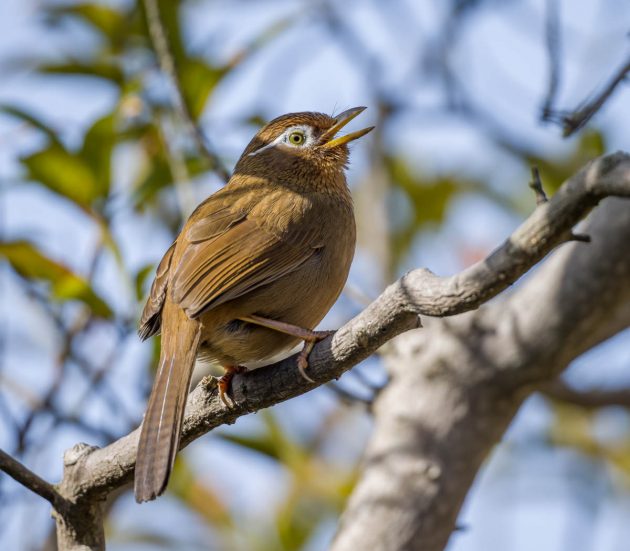
Where does pollution with nasty chemicals such as polybrominated diphenyl ethers come from? In Shanghai, one way to find out was to measure the concentration of these chemicals in Eurasian Tree Sparrows from different locations. The result: the distribution of the chemicals in the muscles of the sparrows followed the order landfill>urban>industrial parks>suburban>rural>remote, indicating that the emissions were associated with landfills, urbanization, and industrialization. Still, the poor sparrows … Advice to them: Avoid landfills and researchers.
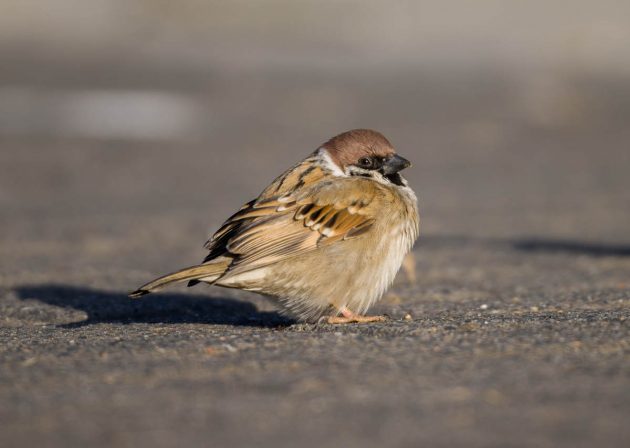
To end this post with a bit of cuteness, let’s see how eBird describes the Yellow-bellied Tit: “A tiny luminous ball of feathers”. Indeed.
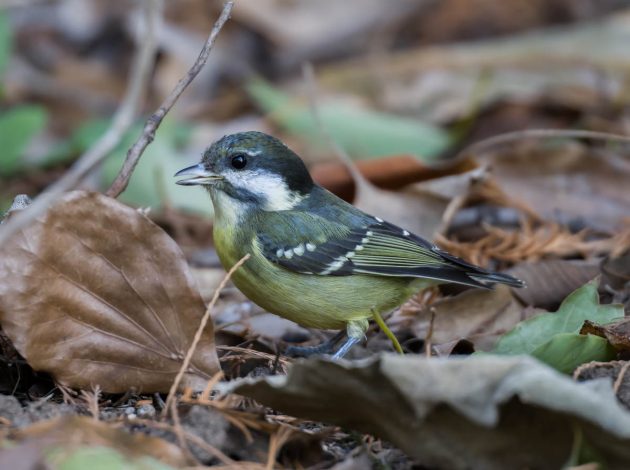
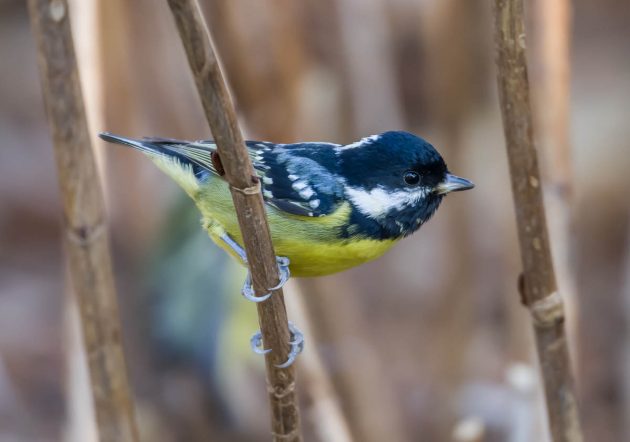
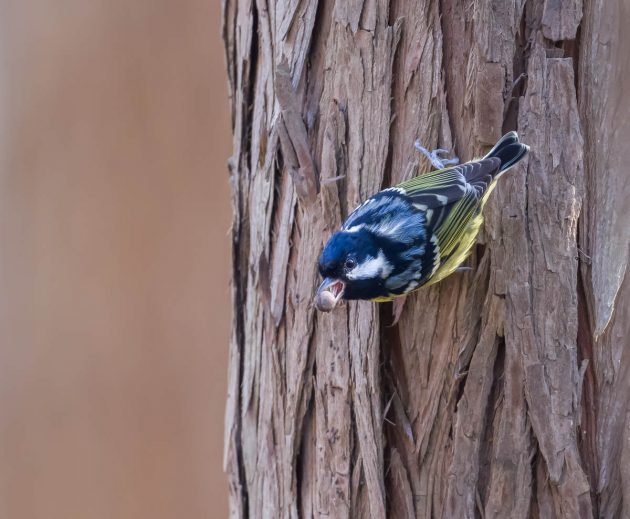











Leave a Comment